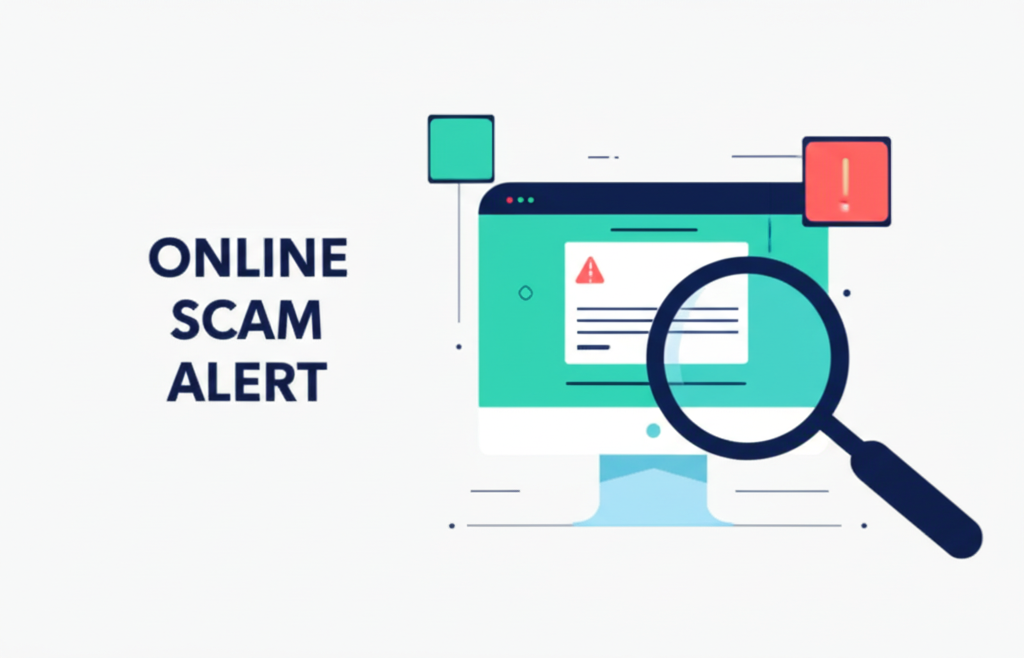Recognizing and Avoiding Online Scams

Don’t Be Fooled: The Internet’s Most Common Scams
Every day, thousands fall victim to online scams—many without realizing it until it’s too late. From fake emails to bogus investment schemes, scammers prey on emotion, urgency, and inattention. Here's a guide to the most common types of online scams and how to steer clear of them.
1. Phishing Emails
These emails appear to come from legitimate companies and ask you to confirm account information, reset a password, or click on a link. Clicking can install malware or lead to a spoofed login page. Look for:
- Generic greetings (“Dear user”)
- Urgent threats or unrealistic offers
- Links that don’t match the sender’s domain
2. Tech Support Scams
These scams start with a pop-up alert or call claiming your device is infected. Victims are urged to call a number or allow remote access. Real companies like Microsoft never cold-call customers.
- Do not call unknown support numbers
- Close the tab or browser and run antivirus software
3. Online Shopping & Marketplace Scams
Scammers set up fake storefronts or post too-good-to-be-true deals on marketplaces. After payment, the product never arrives—or it’s counterfeit.
- Verify seller ratings and reviews
- Use secure payment methods, not wire transfers
4. Romance & Relationship Scams
These unfold over weeks or months. The scammer builds a romantic connection before asking for money due to an “emergency” or travel plans.
- Never send money to someone you haven’t met in person
- Be cautious if they avoid video chats or phone calls
5. Investment & Crypto Scams
Scammers promise guaranteed returns on “new” investment platforms, often tied to crypto. These are often Ponzi schemes with no real backing.
- Check for registration with regulatory bodies (like the SEC)
- If it sounds too good to be true, it likely is
Stay Safe, Stay Skeptical
Always verify before you trust. If you’re unsure whether a message or deal is real, check independently—don’t follow their links or instructions. Learn how to spot fake messages by reading Phishing Beyond Email or explore how scammers exploit emotion in The Anatomy of a Scam.